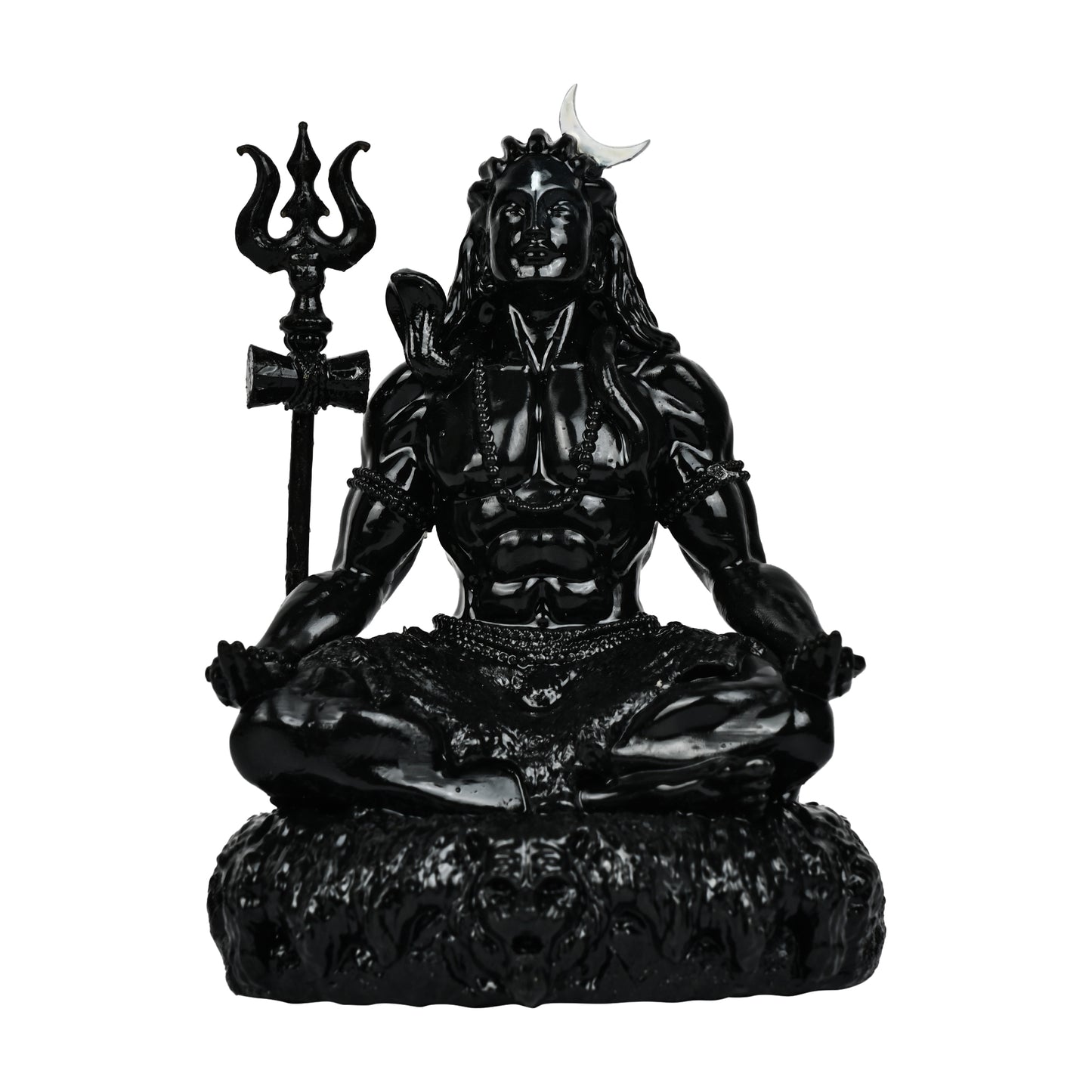What Is Favourite Colour Of Lord Shiva? The Mythical Significance of Blue.
Lord Shiva, one of the principal deities in Hinduism, is revered for his complex and multifaceted nature. Known as the destroyer in the Holy Trinity, which also includes Brahma the creator and Vishnu the preserver, Shiva embodies both the terrifying and the benevolent aspects of the divine.
His persona is intricately linked to various symbols, rituals, and colors, each carrying deep spiritual significance. Among these, the color blue holds a special place, often considered the favorite color of Lord Shiva. Welcome to Panchakritya.
The Symbolism of Blue in Hindu Mythology
In Hindu mythology, colors are not just mere visual elements but are imbued with profound meanings and symbolism. Blue, in particular, is a color that transcends the ordinary and touches the realms of the divine. It is associated with vastness, depth, and infinity—qualities that perfectly encapsulate the essence of Lord Shiva.
Also Read: Did Hanuman Ever Fight With Lord Shiva
1. The Blue Throat - Neelkanth:
One of the most compelling associations between Lord Shiva and the color blue is his epithet "Neelkanth," which means "the blue-throated one." This title originates from a significant mythological event—the churning of the ocean (Samudra Manthan). During this cosmic event, the gods (devas) and demons (asuras) churned the ocean to obtain the nectar of immortality (amrita). Among the various substances that emerged from the ocean was the deadly poison Halahala, capable of destroying all creation. To save the world, Lord Shiva consumed the poison. As he held it in his throat, it turned blue, symbolizing his self-sacrifice and compassion. This story underlines the association of blue with protection and benevolence.
2. The Infinite Sky and Ocean:
The color blue also mirrors the infinite expanse of the sky and the ocean, both of which are symbols of Lord Shiva’s boundless and all-encompassing nature. Just as the sky and the ocean appear endless, Shiva is considered limitless in his power and presence. The serene yet profound quality of blue resonates with Shiva's calm yet intense demeanor.
3. Spiritual Awakening and the Third Eye:
Lord Shiva is often depicted with a third eye, situated in the middle of his forehead. This eye represents spiritual wisdom and insight, a gateway to higher consciousness. The blue color is frequently associated with this higher state of awareness and enlightenment. It signifies the transcending of ordinary perception and the attainment of divine knowledge, much like the role of Shiva as a destroyer of ignorance.
Also Read: Why Lord Shiva Is Called The Destroyer
Cultural Practices and Blue in Worship
In various cultural practices and rituals dedicated to Lord Shiva, the color blue plays a significant role. Devotees often use blue flowers, garments, and decorative items during worship, especially on auspicious days like Maha Shivaratri. The presence of blue elements in these rituals is believed to invoke the protective and benevolent aspects of Shiva, creating a sacred atmosphere filled with spiritual energy.
1. Blue Flowers and Offerings:
While flowers of various hues are offered to Lord Shiva, blue flowers hold a special place. They are considered auspicious and are believed to please the deity, invoking his blessings. The act of offering blue flowers symbolizes the devotee’s reverence and the desire for purification and spiritual growth.
2. Blue Attire and Accessories:
During festivals and rituals, devotees often adorn themselves with blue attire. This practice is not merely traditional but also symbolic of aligning oneself with the divine qualities of Shiva. Wearing blue is seen as a gesture of devotion and a means to draw closer to the deity’s energy.
The Psychological and Spiritual Impact of Blue
The preference for blue in the context of Lord Shiva also aligns with its psychological and spiritual effects on individuals. The color blue is known for its calming and soothing properties, promoting a sense of peace and tranquility. In the chaotic and tumultuous journey of life, turning to Shiva and his associated color blue offers solace and guidance. It encourages meditation, introspection, and a deeper connection with the self.
1. Meditation and Serenity:
Blue is often used in meditation practices, particularly those aimed at balancing the throat chakra (Vishuddha), which is associated with communication and expression. Meditating on the color blue or visualizing a blue light can enhance one’s ability to communicate truthfully and compassionately, qualities that are deeply connected to Shiva’s essence.
2. Inner Peace and Harmony:
Incorporating blue in one’s environment, whether through décor, clothing, or spiritual items, can create a harmonious and serene ambiance. This aligns with the ultimate goal of Shiva worship—to attain inner peace and liberation from the cycle of birth and rebirth.
Conclusion
The color blue, with its profound symbolic meanings and spiritual significance, is intrinsically linked to Lord Shiva. It embodies his infinite nature, his role as a protector, and his connection to higher consciousness.
Through myths, rituals, and cultural practices, the reverence for blue highlights the deep bond between the deity and his devotees. Embracing this color in the context of Shiva worship not only honors the divine but also fosters a sense of tranquility, wisdom, and spiritual awakening.





